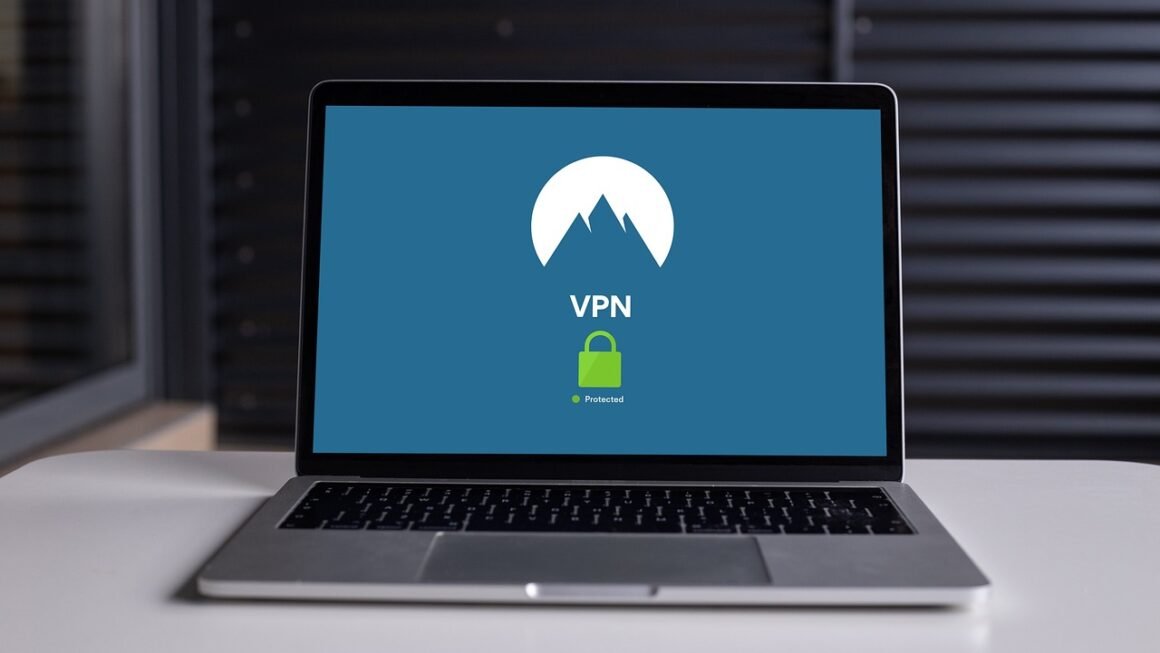Keeping your systems safe and up-to-date in today’s ever-evolving digital landscape is a constant battle. One of the most critical, yet often overlooked, aspects of maintaining a secure and efficient IT infrastructure is patch management. A robust patch management strategy can be the shield that protects your organization from cyber threats, ensures compliance, and optimizes system performance. This blog post will delve into the intricacies of patch management, providing you with the knowledge and tools needed to implement a successful program.
What is Patch Management?
Patch management is the process of acquiring, testing, and installing code changes (patches) on existing software applications and systems. These patches are typically released by software vendors to address security vulnerabilities, fix bugs, and improve functionality. Effective patch management is crucial for maintaining a stable, secure, and compliant IT environment. Neglecting this critical process can leave your organization vulnerable to a wide range of cyberattacks and operational disruptions.
Why is Patch Management Important?
- Security: Patches often address critical security vulnerabilities that hackers can exploit. Applying these patches promptly closes these security gaps and reduces the risk of successful cyberattacks.
Example: The infamous WannaCry ransomware attack exploited a vulnerability in older Windows operating systems that had a patch available for months. Organizations that failed to apply the patch were significantly impacted.
- Compliance: Many industry regulations and compliance standards (e.g., HIPAA, PCI DSS, GDPR) require organizations to maintain up-to-date systems. Patch management is often a key component of meeting these requirements.
- Stability and Performance: Patches can also fix bugs that cause system crashes, performance issues, or other operational problems. Applying these patches improves the overall stability and reliability of your IT infrastructure.
- Feature Enhancements: Some patches introduce new features or improvements that can enhance the functionality and user experience of your software applications.
- Cost Savings: While there’s a cost associated with patch management, the cost of dealing with a successful cyberattack or system failure is often significantly higher.
The Patch Management Process
A comprehensive patch management process typically involves the following steps:
Example: Create a test environment that mirrors your production environment. Deploy the patches to a subset of systems in the test environment and monitor their performance and stability.
Tip: Schedule patch deployments during off-peak hours to minimize the impact on users.
Building a Patch Management Strategy
A successful patch management strategy requires careful planning and execution. Here are some key considerations:
Defining Scope and Responsibilities
- Clearly define the scope of your patch management program. What systems and applications are included?
- Assign roles and responsibilities for each step of the patch management process. Who is responsible for discovering vulnerabilities, testing patches, deploying patches, and verifying their installation?
- Establish clear communication channels to ensure that all stakeholders are informed about patch management activities.
Selecting Patch Management Tools
- Choose patch management tools that meet your specific needs and budget. Consider factors such as the number of systems you need to manage, the types of software applications you use, and the level of automation you require.
- Some popular patch management tools include:
Microsoft Endpoint Configuration Manager (MECM)
SolarWinds Patch Manager
Ivanti Patch Management
ManageEngine Patch Manager Plus
Automox
- Evaluate cloud-based patch management solutions for increased scalability and flexibility.
Establishing Patching Policies
- Develop clear patching policies that define the frequency and timeliness of patch deployments.
- Prioritize critical security patches and deploy them as quickly as possible.
- Establish a process for handling emergency patches that address zero-day vulnerabilities.
- Document your patching policies and procedures and communicate them to all relevant stakeholders.
Prioritizing Patches
- Not all patches are created equal. Prioritize patches based on the following factors:
Severity: Critical security patches should be prioritized over less critical bug fixes.
Exploitability: Patches that address vulnerabilities that are actively being exploited in the wild should be prioritized.
* Impact: Patches that address vulnerabilities that could have a significant impact on your organization should be prioritized.
- Use vulnerability scoring systems such as CVSS (Common Vulnerability Scoring System) to help prioritize patches.
Common Patch Management Challenges
Implementing and maintaining an effective patch management program can be challenging. Here are some common obstacles:
Resource Constraints
- Patch management can be a time-consuming and resource-intensive process. Many organizations struggle to allocate sufficient resources to this critical task.
- Automate as much of the patch management process as possible to reduce the workload on IT staff.
Compatibility Issues
- Patches can sometimes cause compatibility issues with existing software applications or hardware.
- Thoroughly test patches in a controlled environment before deploying them to production systems.
Downtime
- Patch deployments can sometimes require system downtime, which can disrupt business operations.
- Schedule patch deployments during off-peak hours to minimize the impact on users.
- Use automated deployment tools to reduce the duration of downtime.
Keeping Up with New Vulnerabilities
- New vulnerabilities are constantly being discovered, so it’s important to stay up-to-date on the latest security threats.
- Subscribe to security advisories from software vendors and security research organizations.
- Use vulnerability scanning tools to identify vulnerabilities in your IT environment.
Third-Party Applications
- Patching third-party applications can be challenging because they are often not included in standard patch management tools.
- Implement a process for patching third-party applications, such as using dedicated patch management tools or manually applying patches.
Best Practices for Patch Management
To ensure the effectiveness of your patch management program, consider the following best practices:
Automate Patching
- Automate as much of the patch management process as possible, including vulnerability scanning, patch deployment, and verification.
- Automation can significantly reduce the workload on IT staff and improve the speed and accuracy of patch deployments.
Centralized Patch Management
- Implement a centralized patch management system to manage all patches from a single console.
- Centralized management simplifies the patch management process and improves visibility into the patching status of your IT environment.
Regular Vulnerability Scans
- Perform regular vulnerability scans to identify new vulnerabilities in your IT environment.
- Use vulnerability scanning tools to automate the scanning process.
Testing Before Deployment
- Thoroughly test patches in a controlled environment before deploying them to production systems.
- Testing can help identify compatibility issues and other unforeseen problems.
Documenting Patching Activities
- Document all patch management activities, including the patches that have been applied, the systems that have been patched, and the dates of the deployments.
- Documentation can help you track patch management progress and demonstrate compliance.
Review and Improve the Process
- Regularly review your patch management program to identify areas for improvement.
- Solicit feedback from IT staff and other stakeholders to identify pain points and opportunities for optimization.
Conclusion
Patch management is a critical component of any cybersecurity strategy. By implementing a robust patch management program, organizations can significantly reduce their risk of cyberattacks, ensure compliance, and improve the stability and performance of their IT infrastructure. While the process may present challenges, the benefits of a well-managed patching strategy far outweigh the difficulties. By following the best practices outlined in this guide, your organization can create a more secure and resilient digital environment.



